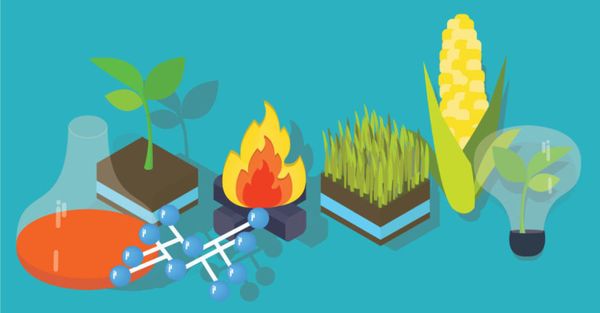Bioenergy

Bioenergy is the term used to describe the generation of energy from organic materials (Biomass). Biomass stores energy from the sun in the form of its chemical composition, Combustion or conversion of Biomass materials releases this energy.
Bioenergy may be generated from any organic material, the predominant Biomass fuels (feedstocks) widely used include: wood, Wastes, agricultural residues (e.g. straws), agricultural Wastes (e.g. manures) and crops grown specifically for energy end-uses (energy crops) such as willow, Miscanthus widely used to generate heat and or power, and sugarcane and palm widely used to produce transport fuels (biofuels).
Bioenergy is an attractive energy option as through application of different bioenergy processing and conversion technologies, Biomass feedstocks are used to generated heat and/ or power and can produce transport biofuels and other advanced chemicals. Bioenergy also provides options for generating renewable low carbon energy.
Bioenergy is renewable where the Biomass feedstocks used are naturally replaced/ re-grown once they have been collected or harvested. Bioenergy can also provide low carbon and even net-zero energy. This is based on the principal that as Biomass (plants) grow they take CO2 from the atmosphere through photosynthesis and store the Biogenic Carbon as new Biomass material. When the Biomass is used for bioenergy and combusted the Biogenic Carbon is released back to the atmosphere as CO2. Bioenergy can be low-carbon as long as the Biomass resources used for bioenergy continue to be produced/ grown. There is potential for bioenergy to provide a net-zero energy option where the biogenic CO2 released during the Combustion of Biomass is captured and stored – bioenergy with carbon capture and storage (BECCS).
People who contributed to this article:
Dr. Andrew Welfle